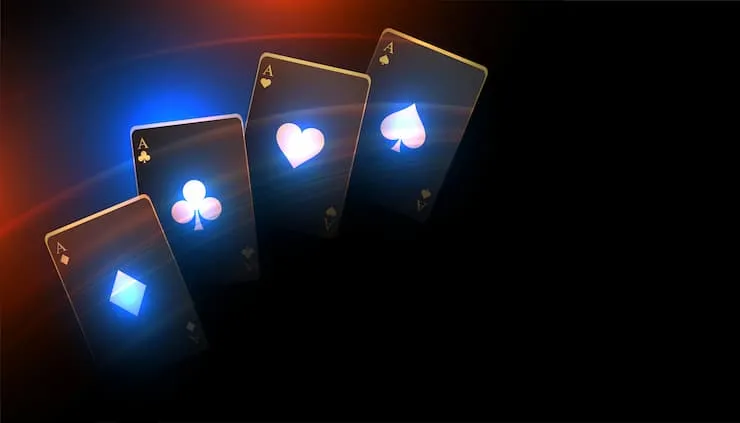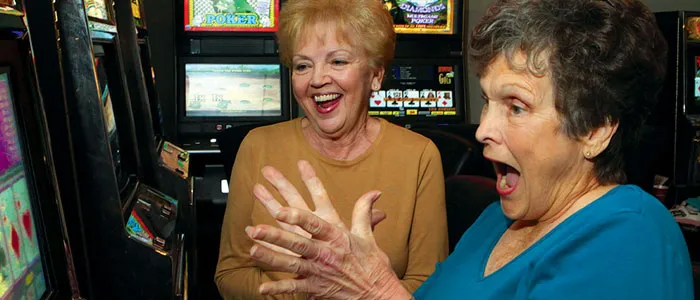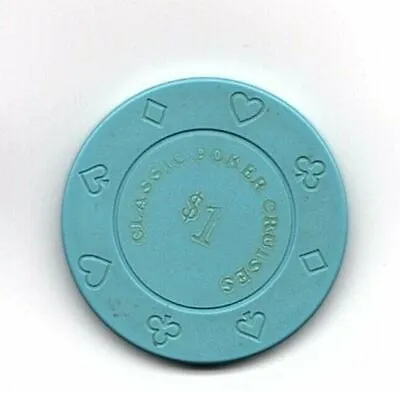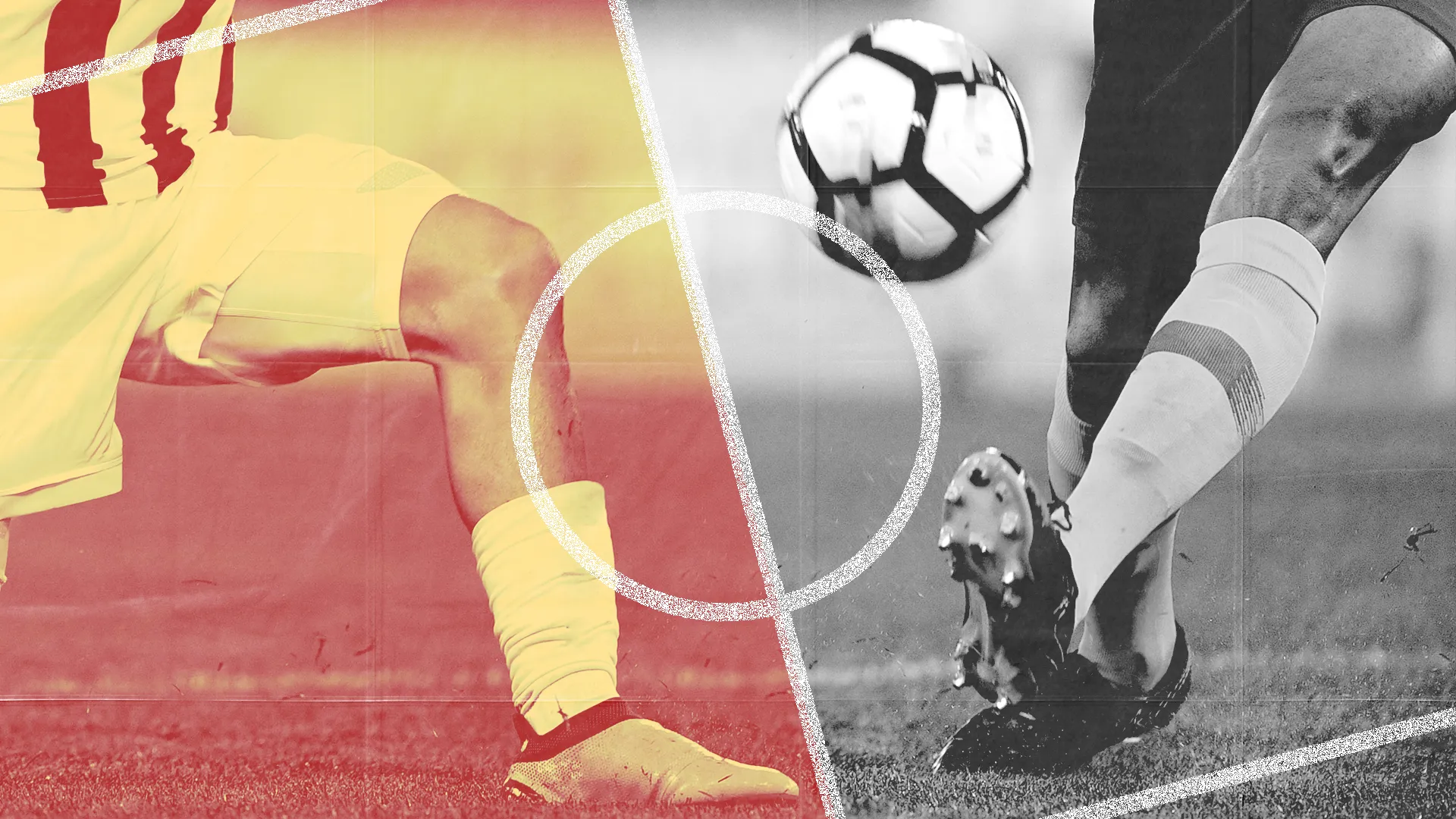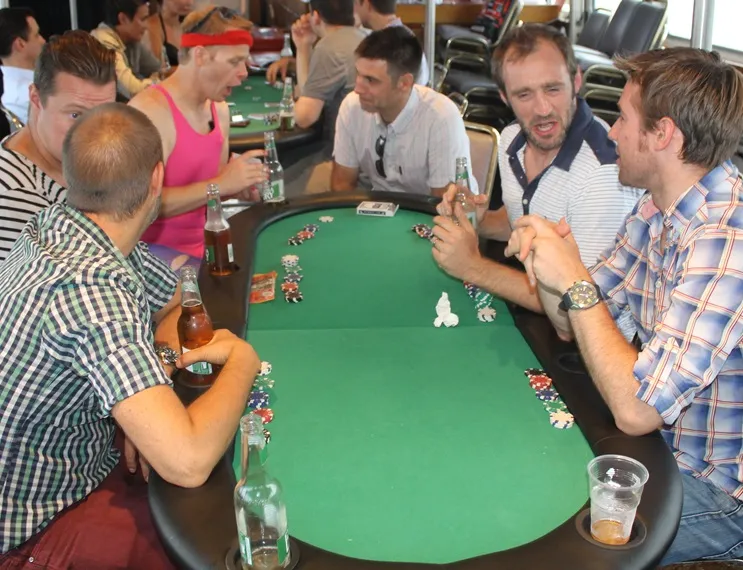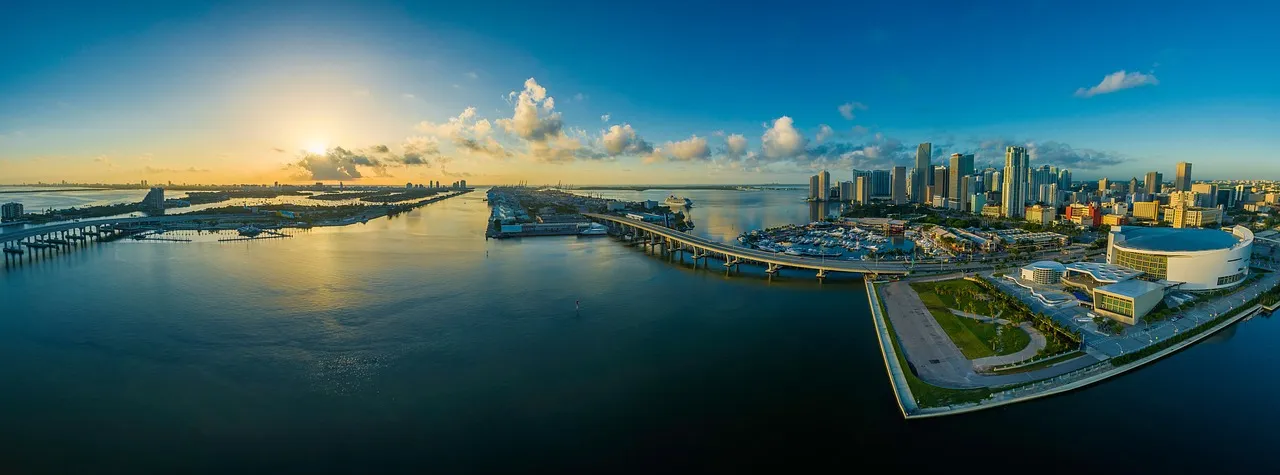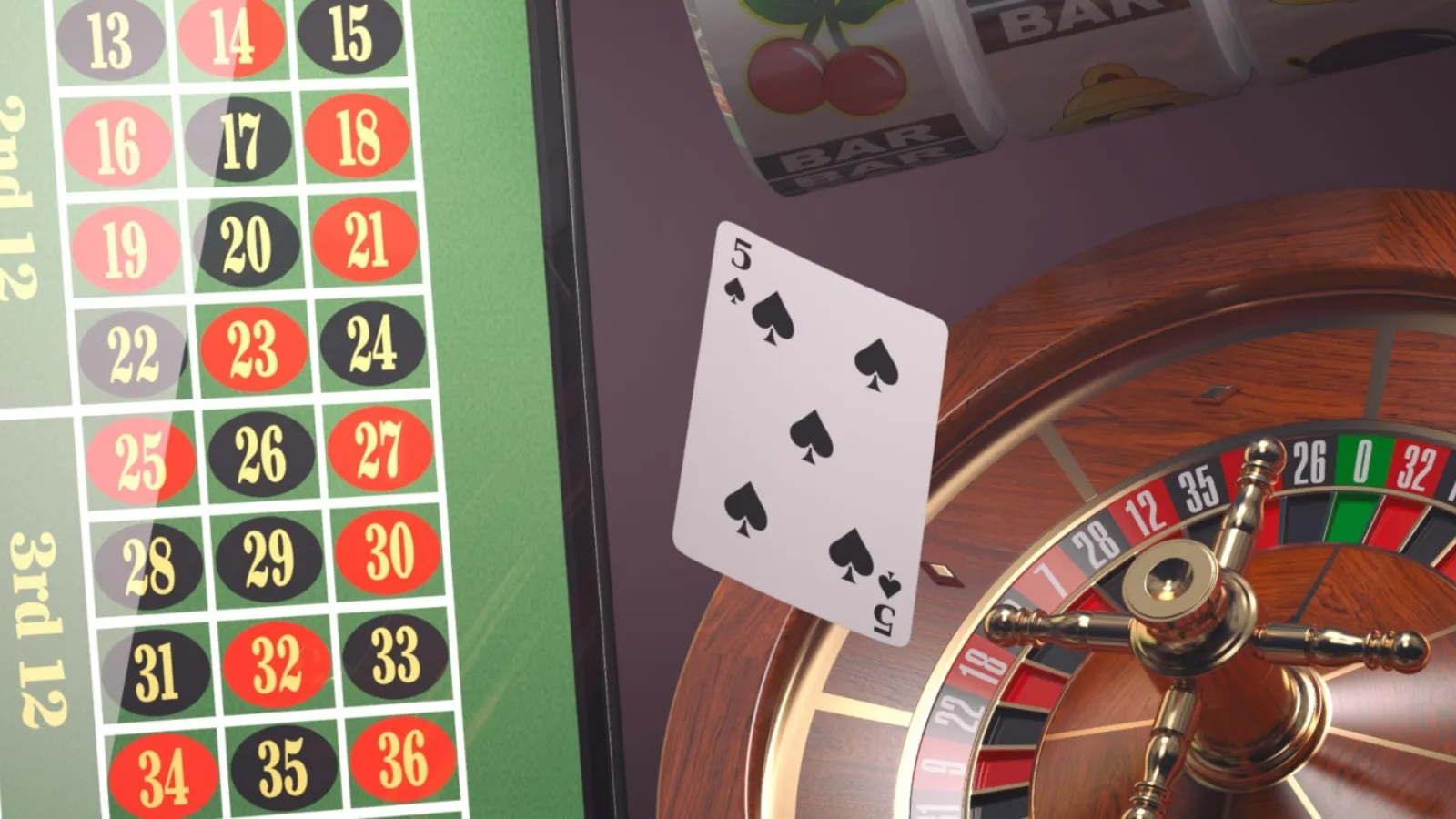The Card Players - Wikipedia

32 languages- العربية
- Asturianu
- Azərbaycanca
- Català
- Čeština
- Dansk
- Deutsch
- Ελληνικά
- Español
- Esperanto
- Euskara
- فارسی
- Français
- 한국어
- Հայերեն
- Hrvatski
- Italiano
- עברית
- Lietuvių
- Македонски
- مصرى
- Nederlands
- 日本語
- Polski
- Português
- Русский
- Slovenščina
- Српски / srpski
- Svenska
- Türkçe
- Tiếng Việt
- 中文
Edit linksThe series is considered by critics to be a cornerstone of Cézanne’s art during the early-to-mid 1890s period, as well as a “prelude” to his final years, when he painted some of his most acclaimed work.2
Each painting depicts Provençal peasants immersed in their pipes and playing cards. The subjects, all male, are displayed as studious within their card playing, eyes cast downward, intent on the game at hand. Cézanne adapted a motif from 17th-century Dutch and Frenchgenre painting which often depicted card games with rowdy, drunken gamblers in taverns, replacing them instead with stone-faced tradesmen in a more simplified setting.23 Whereas previous paintings of the genre had illustrated heightened moments of drama,4 Cézanne’s portraits have been noted for their lack of drama, narrative, and conventional characterization.5 Other than an unused wine bottle in the two-player versions, there is an absence of drink and money, which were prominent fixtures of the 17th-century genre. A painting by one of the Le Nain brothers, hung in an Aix-en-Provence museum near the artist’s home, depicts card players and is widely cited as an inspiration for the works by Cézanne.67
The models for the paintings were local farmhands, some of whom worked on the Cézanne family estate, the *Jas de Bouffan.*6 Each scene is depicted as one of quiet, still concentration; the men look down at their cards rather than at each other, with the cards being perhaps their sole means of communication outside of work.8 One critic described the scenes as “human still life”,2 while another speculated that the men’s intense focus on their game mirrors that of the painter’s absorption in his art.9
Paintingsedit
While there are, in total, five paintings of card players by Cézanne, the final three works were similar in composition and number of players (two), causing them to sometimes be grouped together as one version.10 The exact dates of the paintings are uncertain, but it is long believed Cézanne began with larger canvases and pared down in size with successive versions, though research in recent years has cast doubt on this assumption.1112
 The Card Players, 1890–1892, Barnes Foundation, Philadelphia, Pennsylvania The largest version, painted between the years 1890–1892, is the most complex, with five figures on a 134.6 x 180.3 cm (53 × 71 in) canvas. It features three card players at the forefront, seated in a semi-circle at a table, with two spectators behind. On the right side of the painting, seated behind the second man and to the right of the third, is a boy, eyes cast downward, also a fixed spectator of the game. Further back, on the left side between the first and second player is a man standing, back to the wall, smoking a pipe and presumably awaiting his turn at the table. It has been speculated Cézanne added the standing man to provide depth to the painting, as well as to draw the eye to the upper portion of the canvas.2 As with the other versions, it displays a suppressed storytelling of peasant men in loose-fitting garments with natural poses focused entirely on their game.4 Writer Nicholas Wadley described a “tension in opposites”, in which elements such as shifts of color, light and shadow, shape of hat, and crease of cloth create a story of confrontation through opposition.5 Others have described an “alienation” displayed in the series to be most pronounced in this version.3 The painting is owned and displayed by the Barnes Foundation museum in Philadelphia, Pennsylvania.
The Card Players, 1890–1892, Barnes Foundation, Philadelphia, Pennsylvania The largest version, painted between the years 1890–1892, is the most complex, with five figures on a 134.6 x 180.3 cm (53 × 71 in) canvas. It features three card players at the forefront, seated in a semi-circle at a table, with two spectators behind. On the right side of the painting, seated behind the second man and to the right of the third, is a boy, eyes cast downward, also a fixed spectator of the game. Further back, on the left side between the first and second player is a man standing, back to the wall, smoking a pipe and presumably awaiting his turn at the table. It has been speculated Cézanne added the standing man to provide depth to the painting, as well as to draw the eye to the upper portion of the canvas.2 As with the other versions, it displays a suppressed storytelling of peasant men in loose-fitting garments with natural poses focused entirely on their game.4 Writer Nicholas Wadley described a “tension in opposites”, in which elements such as shifts of color, light and shadow, shape of hat, and crease of cloth create a story of confrontation through opposition.5 Others have described an “alienation” displayed in the series to be most pronounced in this version.3 The painting is owned and displayed by the Barnes Foundation museum in Philadelphia, Pennsylvania.
The Card Players, 1890–1892, Metropolitan Museum of Art, New York A more condensed version of this painting with four figures, long thought to be the second version of The Card Players, is in the Metropolitan Museum of Art in New York. At 65.4 x 81.9 cm (25 3/4 x 32 1/4 in), it is less than half the size of the Barnes painting. Here the composition remains virtually the same, minus the boy, with viewers’ perspective slightly closer to the game, but with less space between the figures. In the previous painting, the center player as well as the boy were hatless, whereas this version has all the men hatted. Also gone are the shelf to the left with vase and lower half of a picture frame in the center of the wall, leaving only the four pipes and hanging cloth to join the smoking man behind the card players. The painting is brighter, with less focus on blue tones, than the larger version. X-ray and infrared studies of this version of The Card Players have shown layers of “speculative” graphite underdrawing, as well as heavy layers of worked oil paint, possibly suggesting it was the preliminary of Cézanne’s two largest versions of the series, rather than the second version as historically believed.12 The underdrawing has also led analysts to believe Cézanne had difficulty transferring the men, previously painted individually in studies, onto one canvas.212
It has been speculated that Cézanne solved this “spatial conundrum” in the final three versions of The Card Players, by eliminating spectators and other “unnecessary detail” while displaying only the “absolute essentials”: two players immersed in their game.213 The scene has been described as balanced but asymmetrical,3 as well as naturally symmetrical with the two players being each other’s “partner in an agreed opposition”.10 The man on the left is smoking a pipe, wearing a tophat with a downcast brim, in darker, more formal clothing, seated upright; the man to the right is pipeless, in a shorter hat with upcast brim, lighter, more loosely fit clothing, and hunched over the table.10 Even cards themselves are contrasting light and dark hues. In each of the two-player paintings, a sole wine bottle rests in the mid-part of the table, said to represent a dividing line between the two participants3 as well as the center of the painting’s “symmetrical balance”.7 Of the three versions, perhaps the best known and most often reproduced is in the Musée d’Orsay in Paris. It is also the smallest at 47.5 x 57 cm (17 3/4 x 22 1/2 in). The Orsay painting was described by art historian Meyer Schapiro as “the most monumental and also the most refined” of the versions, with the shapes being simpler but more varied in their relationships.10 It is the most sparsely painted, and generally considered the last of the Card Players series.11
There is a shift of axis to the scene, in which the player to the left is more completely in the picture, chair included, with the appearance of being nearer to us.10 His partner to the right is cut off from the scene at his back, and the table is displayed at an angle to the plane.2 Critics have described a “deception of restraint” in Cézanne’s use of color; graduated area of thinly applied, “priming” color used for solid forms and their appearance of structure is met with lilac and green used to “liven” the canvas, as well as the bright, deep color used on the lower half for the tablecloth.713 This version of the series was also part of a high-profile theft of eight Cézanne paintings from a traveling show at Aix in August 1961. The most valuable of the stolen works, The Card Players, was released as a four-color postage stamp by the French government in recognition of the loss. All of the paintings were recovered after a ransom was paid several months later.11
The other two-player paintings are in the Courtauld Institute of Art in London and in a private collection. In February 2012, Vanity Fair reported that the royal family of Qatar had, during 2011, purchased their version of the painting for a record price variously estimated at between $250 million and $320 million from the private collection of Greek shipping magnate George Embiricos.114
- The Card Players 1894–95, Oil on canvas, 47.5 × 57 cm, Musée d’Orsay, Paris
- The Card Players 1892–1895, Oil on canvas, 60 x 73 cm, Courtauld Institute of Art, London
- The Card Players 1892–93, Oil on canvas, 97 × 130 cm, Private collection
Studies and sketchesedit
Cézanne created a substantial number of studies and preparatory drawings for The Card Players series. While it had long been believed he began the series with the largest paintings and subsequently worked smaller, 21st-century x-rays of the paintings as well as further analysis of preparatory sketches and studies has led some scholars to believe Cézanne used both the studies and the smaller versions of The Card Players to prepare for the larger canvases.1215
Over a dozen initial sketches and painted studies of local farmworkers were made by Cézanne in preparation for the final paintings.15 It has been speculated his models sat for the studies rather than the finished works themselves, and the painter possibly sketched preliminary work in an Aix cafe.11
Some of the studies have been well regarded as stand-alone works of their own volition, particularly the accompaniment piece Man with a Pipe, displayed alongside The Card Players at the Courtauld Gallery in London.12 The former, along with two similar paintings of smokers undertaken in the same period, are considered by many to be some of Cézanne’s most masterful portraits.1112
Man with the Pipe c. 1890, Oil on canvas, 90 × 72 cm, Hermitage Museum, St. Petersburg
Man with a Pipe c. 1892, Oil on canvas, 73 x 60 cm, Courtauld Institute of Art, London
 Man Smoking a Pipe 1890–1892, Oil on canvas, 72 x 91 cm, Pushkin Museum, Moscow
Man Smoking a Pipe 1890–1892, Oil on canvas, 72 x 91 cm, Pushkin Museum, Moscow Man with a Pipe (Study for The Card Players) 1890–1892, Oil on canvas, 39 x 30.2 cm, Nelson-Atkins Museum of Art, Kansas City, Missouri
Man with a Pipe (Study for The Card Players) 1890–1892, Oil on canvas, 39 x 30.2 cm, Nelson-Atkins Museum of Art, Kansas City, Missouri Study for The Card Players 1890–1892, Oil on canvas, 32 x 35 cm, Worcester Art Museum, Worcester, Massachusetts
Study for The Card Players 1890–1892, Oil on canvas, 32 x 35 cm, Worcester Art Museum, Worcester, Massachusetts Study for Card Players 1890–1892, Graphite and watercolor on paper, Rhode Island School of Design Museum, Providence, Rhode Island
Study for Card Players 1890–1892, Graphite and watercolor on paper, Rhode Island School of Design Museum, Providence, Rhode Island
Exhibitionsedit
In 2010–11, a joint exhibition was curated by the Courtauld Gallery in London and Metropolitan Museum of Art in New York to display The Card Players paintings, early studies and sketches of the series, and accompanying works.15 The exhibition ran in London from 21 October 2010 to 16 January 2011 and in New York from 9 February 2011 to 8 May 2011.
It was described as the first exhibition devoted to the series as well as the largest collection of Cézanne’s Card Players paintings to ever be exhibited together.16 The exhibition included the paintings owned by the Courtauld, Metropolitan, and Musée d’Orsay. The versions at the Barnes Foundation and in a private collection were displayed as prints, due to the Barnes’ policy of not lending and the private collector declining to release the work.16 The mini-series of men smoking pipes sometimes referred to as The Smokers was also included with over a dozen other studies and sketches, however a legal dispute also prevented the Hermitage Museum’s version of Man with a Pipe from traveling to New York.912
See alsoedit
- List of paintings by Paul Cézanne
- List of most expensive paintings
Referencesedit
- ^ abPeers, Alexandra (January 2012). “Qatar Purchases Cézanne’s The Card Players for More Than $250 Million, Highest Price Ever for a Work of Art”. Vanity Fair. Retrieved 3 February 2012.
- ^ abcdefgDorment, Richard (25 October 2010). “Paul Cézanne: The Card Players, Courtauld Gallery, review”. The Telegraph. Retrieved 18 April 2011.
- ^ abcdRosenberg, Karen (10 February 2011). “Workers at Rest: Smoking and Playing Cards”. The New York Times. Retrieved 18 April 2011.
- ^ abMurphy, Richard A (1968). The World of Cézanne. New York: Time-Life Books. p. 111.
- ^ abWadley, Nicholas (1975). Cézanne and his art. New York: Galahad Books. p. 58. ISBN 0-88365-248-X.
- ^ abSalinger, Margaretta M. (Summer 1968). “Windows Open to Nature”(PDF). The Metropolitan Museum of Art Bulletin. 27 (1). The Metropolitan Museum of Art: 1–4. doi:10.2307/3258395. JSTOR 3258395. Retrieved 18 April 2011.
- ^ abcGaunt, William (1970). Impressionism: A Visual History. New York: Praeger Publishers. p. 256.
- ^Barnett, Laura (7 November 2010). “Another view Cézanne’s The Card Players”. The Guardian. Retrieved 18 April 2011.
- ^ abSchjeldahl, Peter (21 February 2011). “Game Change: Cézanne, card players, and the birth of modernism”. The New Yorker. No. 28 February 2011. p. 78. Retrieved 18 April 2011.
- ^ abcdeSchapiro, Meyer (1988). Cézanne. New York: Harry N. Abrams. p. 94. ISBN 0-8109-1043-8.
- ^ abcdeMurphy, Richard A (1968). The World of Cézanne. New York: Time-Life Books. pp. 119–20.
- ^ abcdefgTompkins Lewis, Mary (9 February 2011). “New Lessons on an Old Hand”. The Wall Street Journal. Retrieved 18 April 2011.
- ^ abHoward, Michael (1990). Cézanne. New York: Gallery Books. p. 118. ISBN 0-8317-2827-2.
- ^Devine Thomas, Kelly (November 2003). “The Most Wanted Works of Art”. ARTnews. Archived from the original on 28 September 2007. Retrieved 18 April 2011.
- ^ abc“Exhibition at The Courtauld Gallery Focuses on Cézanne’s Paintings of Card Players and Pipe Smokers”. artdaily.org. Retrieved 18 April 2011.
- ^ abSheppard, David (7 February 2011). “Cezanne’s Card Player paintings to be shown in NY”. Reuters. Retrieved 18 April 2011.
- v - t - e Paul Cézanne Paintings Series Family Museums Related
| - v - t - e Musée d’Orsay |
|---|
| | Building | | - Gare d’Orsay | |
| — |
| | Paintings | | \| French \| - Baader: Remorse - Bartholomé: In the Conservatory - Bastien-Lepage: Haymaking - Bazille: The Family Reunion – The Improvised Field Hospital – The Pink Dress – Bazille’s Studio - Belly: Pilgrims going to Mecca - Bonheur: Ploughing in the Nivernais - Bouguereau: The Birth of Venus – La Danse – Dante and Virgil – Equality Before Death – Les Oréades - Boulanger: Répétition du “Joueur de flûte” et de “La femme de Diomède” chez le prince Napoléon - Bracquemond: The Lady in White – Three Women with Parasols - Cabanel: The Birth of Venus - Caillebotte: Les raboteurs de parquet – Vue de toits (Effet de neige) - Cézanne: The Hanged Man’s House – The Card Players – Portrait of Gustave Geffroy - Chassériau: Arab Chiefs Challenging each other to Single Combat under the Ramparts of a City - de Chavannes: The Poor Fisherman – The Turtle Seller - Courbet: A Burial at Ornans – L’Origine du monde – The Painter’s Studio – Le ruisseau noir – The Wounded Man - Couture: The Romans in their Decadence - Daubigny: The Harvest - Daumier: The Laundress – The Republic - Degas: L’Absinthe – The Bellelli Family – Café-Concert at Les Ambassadeurs(1885) – Les Choristes – The Orchestra at the Opera – Portraits at the Stock Exchange – The Tub - Dehodencq: Boabdil’s Farewell to Granada - Delacroix: Arab Horses Fighting in a Stable - Denis: Homage to Cézanne - Detaille: The Dream - Doré: The Enigma - Fantin-Latour: Around the Piano – The Corner of the Table – Homage to Delacroix – A Studio at Les Batignolles - Gauguin: Arearea – The Beautiful Angel – Breton Peasant Women – The Schuffenecker Family – Self-Portrait in a Hat – Self-Portrait with the Yellow Christ – Tahitian Women on the Beach – Vairumati - Gérôme: The Cock Fight – Jerusalem – Reception of the Grand Condé at Versailles - Gervex: A Session of the Painting Jury - Glaize: The Gallic Women: Episode from the Roman Invasion - Ingres: The Source - Laurens: The Excommunication of Robert the Pious - Lefebvre: The Truth - Luce: The Quai Saint-Michel and Notre-Dame - Manet: The Balcony – Berthe Morisot with a Bouquet of Violets – Blonde Woman with Bare Breasts – Bullfight – Le Déjeuner sur l’herbe – Flowers in a Crystal Vase – The Fifer – Madame Manet at the Piano – Olympia – The Port of Boulogne by Moonlight – Portrait of Clemenceau – Portrait of Emile Zola – Portrait of Marguerite de Conflans1 – Portrait of Monsieur and Madame Manet – Portrait of Stéphane Mallarmé – The Reading – A Sprig of Asparagus – The Waitress - Matisse: Luxe, Calme et Volupté - Meissonier: French Campaign, 1814 – The Siege of Paris - Millet: The Angelus – The Gleaners – Shepherdess with her Flock – The Winnower - Monet: The Artist’s Garden at Giverny – A Cart on the Snowy Road at Honfleur – Le Déjeuner sur l’herbe – The Magpie – Regatta at Argenteuil – Resting Under a Lilac Bush – The Road in Front of Saint-Simeon Farm in Winter – Women in the Garden - Moreau: The Apparition - Morisot: The Cradle - Motte: The Fiancée of Belus - Ottmann: The Luxembourg Station in Brussels - Regnault: Summary Execution under the Moorish Kings of Granada - Renoir: Bal du moulin de la Galette – The Bathers – Dance in the City – Dance in the Country – Frédéric Bazille at his Easel – Girls at the Piano – Portrait of the Painter Claude Monet – Portrait of William Sisley – The Swing - Rousseau: The Snake Charmer - Sérusier: The Talisman - Seurat: The Circus - Sisley: Avenue of Poplars near Moret-sur-Loing – The Canal du Loing – The Canal Saint-Martin – Chemin de la Machine, Louveciennes – The Forge at Marly-le-Roi – Regatta at Molesey near Hampton Court – Resting by a Stream at the Edge of the Wood – Rue de la Chaussée in Argenteuil – View of the Canal Saint-Martin – The Village of Voisins - Toulouse-Lautrec: Le Lit – La Toilette \| \| American \| - Harrison: Solitude - Tanner: The Resurrection of Lazarus - Whistler: Whistler’s Mother \| \| Belgian \| - van Rysselberghe: Sailboats and Estuary - Stevens: The Bath – What is Called Vagrancy \| \| British \| - Burne-Jones: The Wheel of Fortune \| \| Dutch \| - van Gogh: L’Arlésienne – Bedroom in Arles(3rd version) – The Church at Auvers – Starry Night Over the Rhône – Portrait of Dr. Gachet(2nd version) – Doctor Gachet’s Garden in Auvers – Imperial Fritillaries in a Copper Vase – Self-portrait \| \| Finnish \| - Edelfelt: Pasteur’s portrait by Edelfelt \| \| Italian \| - Boldini: Madame Charles Max – Portrait of Robert de Montesquiou \| \| Spanish \| - Sorolla: The Return from Fishing: Hauling the Boat \| | |—| |
| — |
| | Sculptures | | \| French \| - Barrias: Nature Unveiling Herself Before Science - Clésinger: Woman Bitten by a Serpent - Claudel: The Mature Age - Delaplanche: Virgin with a Lily - Jacquemart: Rhinocéros - Gauguin: Objet décoratif carré avec dieux tahitiens – Oviri \| | |—| |
| — |
| - 1 On display at the Musée des Augustins in Toulouse |
This site only collects related articles. Viewing the original, please copy and open the following link:The Card Players - Wikipedia


